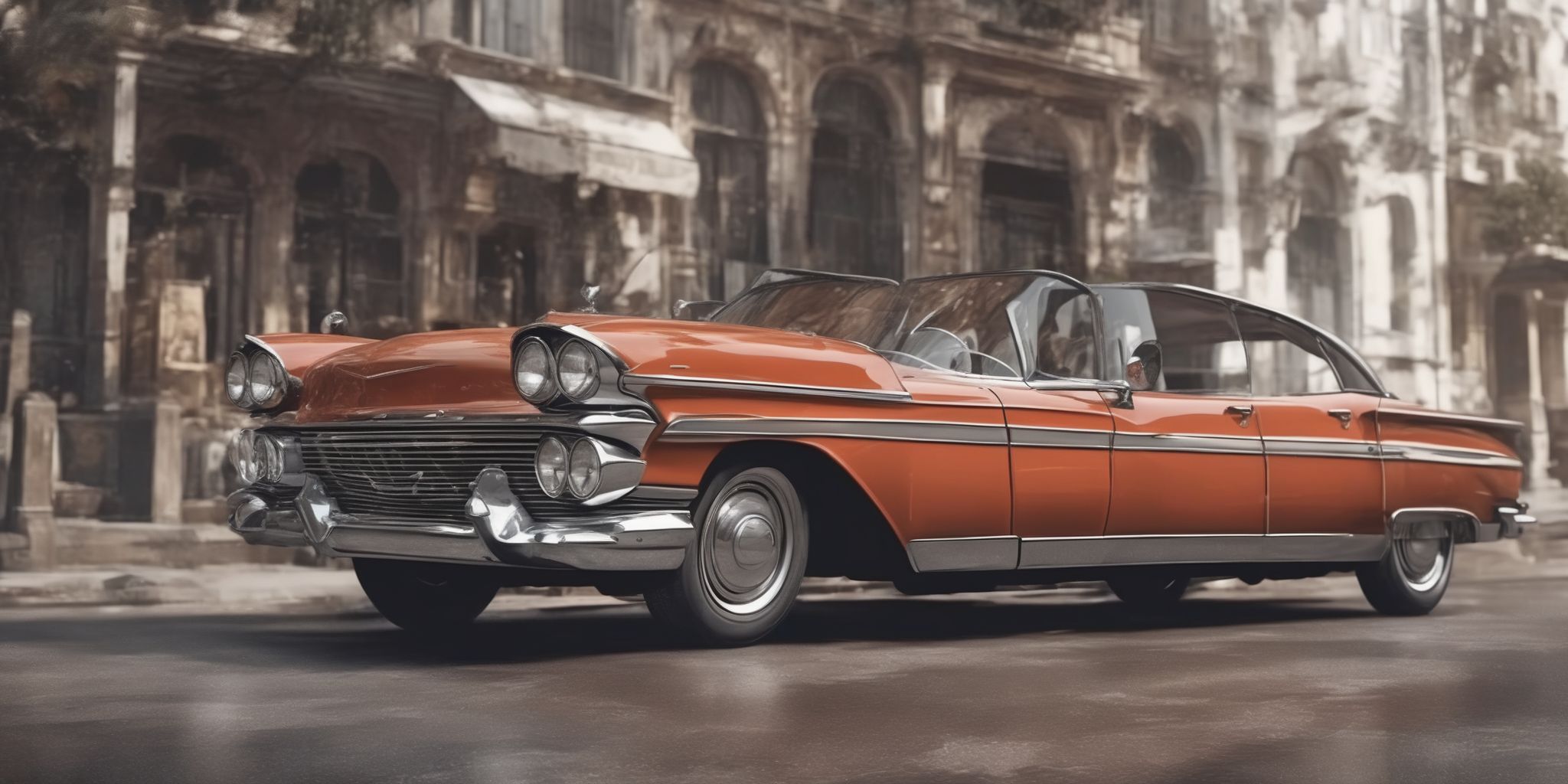Everything You Need to Know About Insurance Groups
Insurance groups may seem like a mysterious concept reserved for the wizardry of insurance companies, but fear not, fellow humans! Today, we embark on a quest to unravel the secrets of insurance groups, decipher their significance, and reveal why they matter in our everyday lives. So, fasten your seatbelts (and review your auto insurance coverage), for we are about to demystify everything you need to know about insurance groups - no magic wand required!
What are Insurance Groups?
Definition of Insurance Groups
Insurance groups are organizations that consist of multiple insurance companies. These groups are formed to provide various types of insurance coverage to customers. They operate under a parent company or holding company, which oversees and manages the operations of the subsidiaries within the group.
The main purpose of insurance groups is to diversify risk and increase their market share. By having multiple companies under their umbrella, they can offer a wider range of insurance products and services to their customers. This also allows them to spread the risk across different subsidiaries, mitigating the impact of any potential losses.
Insurance groups often have a common brand or marketing strategy to create a unified identity and gain a competitive advantage in the market. This enables them to leverage their collective resources, such as technology, expertise, and distribution channels, to better serve their customers and stay ahead of the competition.
How Insurance Groups Are Determined
Insurance groups are determined by assessing the level of risk associated with insuring a particular vehicle. Insurers use a range of criteria to evaluate this risk, including factors such as the cost of repairs, the likelihood of theft, and the performance of the vehicle. For example, a car with high repair costs and a history of being targeted by thieves will typically be placed in a higher insurance group. This means that the owner will have to pay higher premiums. On the other hand, a car with low repair costs and strong safety features will likely be placed in a lower insurance group, resulting in lower premiums for the owner.
The Purpose of Insurance Groups
Insurance groups serve the purpose of pooling resources and spreading risks among a large number of policyholders. This collective approach enables insurers to efficiently handle and mitigate losses that could be catastrophic for individual policyholders. By sharing the risks, insurance groups can offer more affordable premiums and provide financial protection to policyholders when unforeseen events occur.
Insurance Group Categories
Group 1 - Cheapest to Insure
Group 1 consists of the cheapest cars to insure. These cars typically have low purchase prices, low repair costs, and low risk of theft. The insurance premiums for Group 1 cars are usually the most affordable, making them an attractive option for budget-conscious individuals.
For example, a small hatchback with a smaller engine size may fall into this group. Choosing a car from Group 1 can help save money on insurance premiums without compromising on practicality or reliability.
Characteristics of Group 1
Group 1 in insurance comprises individuals who have a low risk profile. They typically possess qualities that make them attractive clients, such as a good driving record, excellent health, and a well-maintained property. Their low risk status allows insurance providers to offer them better rates and coverage options.
For example, a person with a clean driving history and a secure home is less likely to file a claim, resulting in lower premiums. Therefore, insurance companies often prioritize attracting and retaining customers from Group 1 due to their desirable characteristics.
Examples of Cars in Group 1
Group 1 cars are typically small and have low engine power, making them ideal for new and inexperienced drivers. These cars are generally cheaper to buy and insure compared to higher group cars. Examples of Group 1 cars include small hatchbacks and city cars. These vehicles often have small engines, low running costs, and good fuel efficiency. They are also known for being easy to handle and park, providing convenience for drivers in urban areas.
Group 50 - Most Expensive to Insure
Group 50 is known for being the most expensive to insure. This group consists of high-performance and luxury vehicles, which tend to have higher repair and replacement costs. The high value of these cars makes them attractive targets for thieves and increases the likelihood of expensive claims.
For example, a luxury sedan in this group may cost significantly more to insure compared to a compact car in a lower group. If you own a vehicle in Group 50, it is important to carefully consider the insurance costs associated with it and be prepared for higher premiums.
Characteristics of Group 50
Group 50 in the insurance industry is characterized by its focus on risk management. This group emphasizes the importance of analyzing and mitigating risks for their clients. They utilize data-driven approaches to identify potential risks and create customized strategies to minimize their impact. Group 50 also excels in providing comprehensive coverage tailored to the unique needs of different industries.
Their expertise in risk assessment enables them to offer valuable insights and guidance totheir clients, helping them make informed decisions and effectively manage their risks. By combining theoretical knowledge with practical solutions, Group 50 delivers effective risk management solutions that deliver tangible results.
Examples of Cars in Group 50
Group 50 cars are in the highest insurance group and tend to be high-performance and luxury vehicles. Examples of cars in this group include sports cars and premium sedans. These vehicles typically have powerful engines and advanced features, which make them more expensive to repair and replace. The high cost of insurance for these cars is due to the increased risk of accidents and theft.
If you are considering purchasing a car in Group 50, it is important to factor in the higher insurance costs when budgeting for your vehicle.
Factors that Determine Insurance Group
Car's Value
The value of a car is a significant factor considered by insurance groups when determining premiums. The higher the value of the car, the more expensive it is to insure. This is because expensive cars generally cost more to repair or replace.
For example, if a luxury car gets into an accident, the repair costs are likely to be higher compared to a standard economy car. Therefore, when choosing a car, it is important to consider its value in relation to insurance premiums to make an informed decision and potentially save money on insurance costs.
Repair Costs
Repair costs are a significant factor for insurance groups. In case of accidents or damage, the cost to repair a vehicle can greatly impact an insurer's expenses. Higher repair costs can lead to higher insurance premiums for policyholders.
For example, luxury or high-end cars often have more expensive parts, increasing repair costs. In contrast, some models have readily available and affordable spare parts, resulting in lower repair costs. Insurers carefully consider these factors when determining coverage rates and premiums, as repair costs directly affect their financial performance.
Performance and Power
Performance and Power in the insurance industry go hand in hand, with both being vital for success. Achieving high performance requires optimization of operations, leveraging data analytics, and adapting to market trends. Having a powerful presence involves building strong relationships with customers and effectively managing risks. Striking the right balance between performance and power ensures sustainable growth and competitive advantage.
For instance, an insurance group that consistently delivers efficient claims processing, personalized customer experiences, and innovative product offerings demonstrates high performance. At the same time, being powerful entails having a wide network of partnerships, a strong financial standing, and a solid reputation for integrity and reliability.
Safety Features
- The presence of reliable safety features in a vehicle is an important consideration for insurance groups. These features help reduce the risk of accidents and protect both the driver and passengers.
- Anti-lock braking systems (ABS) are one such safety feature that prevent the wheels from locking up during sudden braking, allowing the driver to maintain steering control.
- Electronic stability control (ESC) is another feature that helps ensure the vehicle stays on its intended path during corners and maneuvers, reducing the likelihood of skidding or rollovers.
- Advanced driver assistance systems (ADAS), such as lane departure warning and automatic emergency braking, can also contribute to accident prevention.
- Insurance groups take into account the presence and effectiveness of these safety features when assessing the risk and determining insurance premiums.
Security Measures
Insurance groups need to prioritize security measures to protect their sensitive data and prevent unauthorized access. This includes implementing strong passwords and multi-factor authentication to ensure only authorized individuals can access the systems.
Additionally, regular security audits and vulnerability assessments should be conducted to identify and address potential weaknesses. Encryption should be used to secure data both in transit and at rest. Employee training and awareness programs are also crucial to ensure that employees understand security protocols and are vigilant against social engineering attacks. By taking these proactive steps, insurance groups can better protect their valuable data and mitigate security risks.
Claim and Theft History
Claim and Theft History is a significant factor that insurance groups consider when assessing risk and determining premiums. The number and severity of past claims an individual has made can indicate their likelihood of making future claims.
Additionally, a history of theft can signal a higher risk of future theft-related incidents.
For example, if a policyholder has a pattern of filing frequent theft claims, it suggests a lack of proper security measures. Insurers use this information to assess the potential financial impact and adjust premiums accordingly. It is crucial for individuals to maintain a clean claim and theft history to potentially benefit from lower insurance costs.
How Insurance Groups Affect Premiums
Insurance groups play a significant role in determining the premiums you will pay. These groups are based on factors such as the type of vehicle, its engine size, performance, and security features. Here's how insurance groups affect premiums:
- Vehicle Type: Different types of vehicles are assigned to specific insurance groups. For example, sports cars or luxury vehicles are often in higher insurance groups, leading to higher premiums.
- Engine Size and Performance: Cars with larger engines or high performance capabilities are typically in higher insurance groups. This is because they tend to have a higher risk of accidents or theft, resulting in higher premiums.
- Security Features: Vehicles with advanced security systems and features may be assigned to lower insurance groups, leading to lower premiums.
These features make the vehicle less susceptible to theft or damage, reducing the potential risk for insurers.
How to Check Car's Insurance Group
To check your car's insurance group, start by visiting an insurance group checker website. Enter your car's make, model, and year of manufacture. The website will then provide you with the insurance group rating for your car. This rating determines the cost of insurance premiums. Generally, cars in higher insurance groups have higher premiums due to increased risk.
For example, a luxury sports car may have a higher insurance group than a small family car. Understanding your car's insurance group can help you make informed decisions when comparing insurance quotes and selecting the most suitable coverage for your needs and budget.
Final thoughts
Insurance groups are a classification system used by insurance companies to determine the cost of insurance for different types of vehicles. The groups range from 1 to 50, with 1 being the cheapest to insure and 50 being the most expensive. Factors such as the car's value, performance, repair costs, and security are taken into account when assigning it to a group.
Higher group ratings usually mean higher insurance premiums, so it's important to consider the group rating before purchasing a vehicle.


